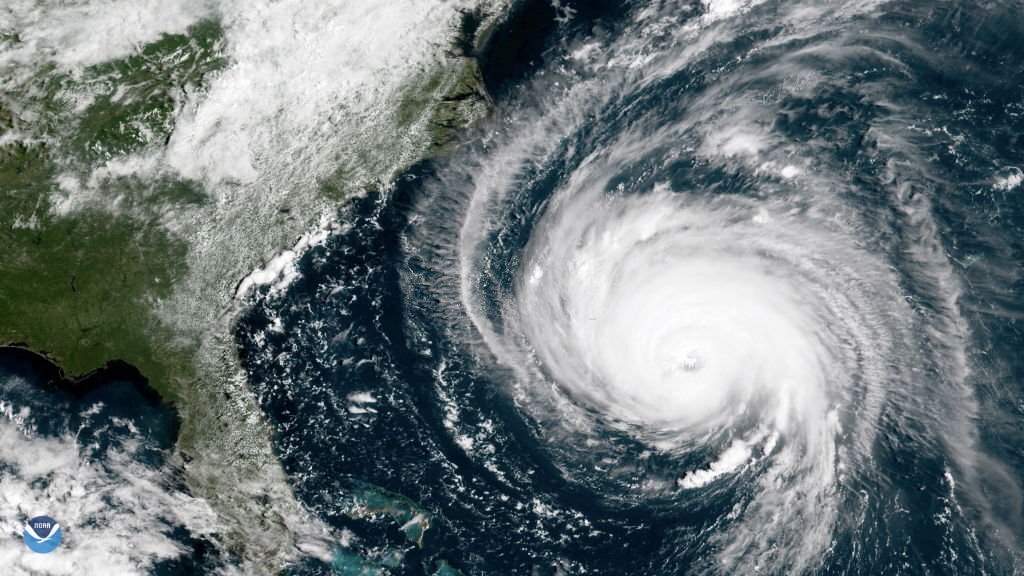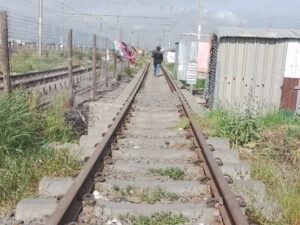Tropical cyclones remain among the world’s most harrowing natural disasters, capable of causing widespread damage to property, infrastructure, and even costing lives. While these destructive events can manifest globally, this article hones in on the particular circumstances faced by South Africa, examining how the Coriolis force and latent heat contribute to the formation and intensification of tropical cyclones in the region.
The Coriolis Force: A Driving Mechanism in Cyclone Formation
Originating from Earth’s rotation, the Coriolis force plays a vital role in the way objects—or in this case, storms—move on the planet’s surface. In the Northern Hemisphere, this invisible force sways movement to the right, whereas in the Southern Hemisphere, it veers to the left. When it comes to tropical cyclones, the Coriolis force becomes instrumental in determining not only the direction but also the intensity of the storm.
For those residing in the Southern Hemisphere, including South Africa, the Coriolis force makes cyclones rotate clockwise. This directional spin arises because the force acts perpendicular to the storm’s movement, curving its path towards the South Pole. More than just dictating direction, the Coriolis force creates a low-pressure core in the storm’s center. This low-pressure zone acts like a chimney for warm air to rise, setting off a dynamic cycle of warming and cooling air that ultimately fuels the storm’s growth.
In South Africa, this has led to severe outcomes. Take, for example, Cyclone Dineo in February 2017, which wreaked havoc on both Mozambique and South Africa. Not only did it result in substantial property and infrastructure damage, but it also had a tragic human cost, leading to loss of lives.
Latent Heat: The Unseen Energy Behind Storm Intensity
Latent heat refers to the energy either absorbed or released during a phase change in water. Specifically for tropical cyclones, this heat comes into play when water vapor condenses into liquid, releasing a burst of energy into the storm system. This energizing process can accelerate a storm from formidable to catastrophic in a short span of time.
As moisture-laden air ascends within the storm system, it cools and condenses, releasing latent heat. The more moisture present, the more heat gets released, and consequently, the stronger the storm becomes. In the context of South Africa, a country surrounded by the warm waters of the Indian Ocean, there’s a readily available source of moisture, thereby escalating the potential for fiercer storms.
While South Africa may not be the most frequent victim of tropical cyclones, the presence of warm ocean waters ensures that when storms do develop, latent heat can intensify them quickly, with potentially devastating results for communities and infrastructure.
Understanding these underlying forces—the Coriolis effect and latent heat—becomes essential in enhancing predictive models and preparedness strategies. As the impacts of climate change become increasingly noticeable, a comprehensive grasp of these factors could prove crucial for mitigating the consequences of these natural disasters on South African communities.














